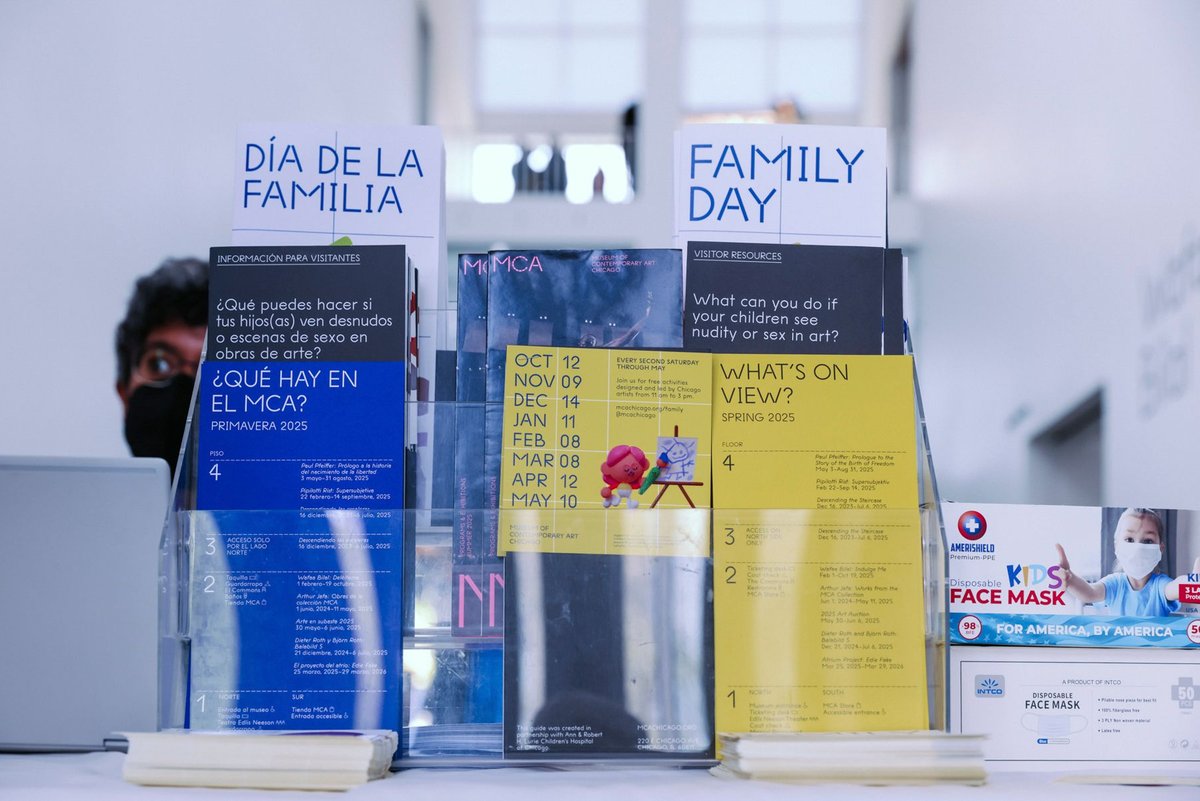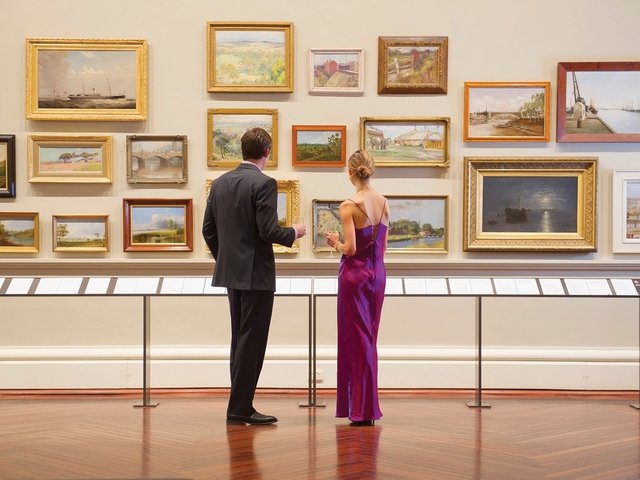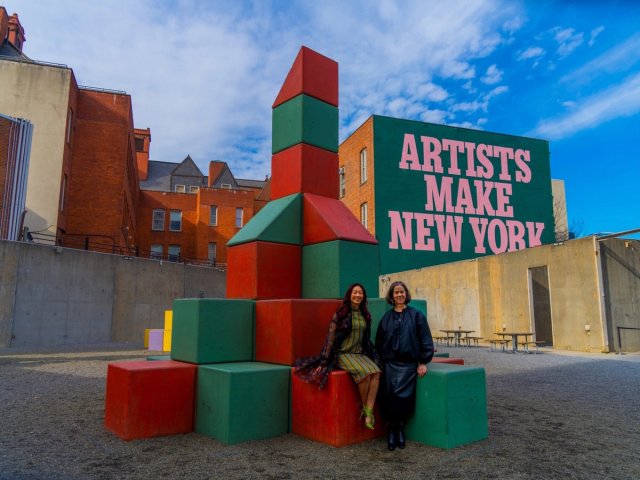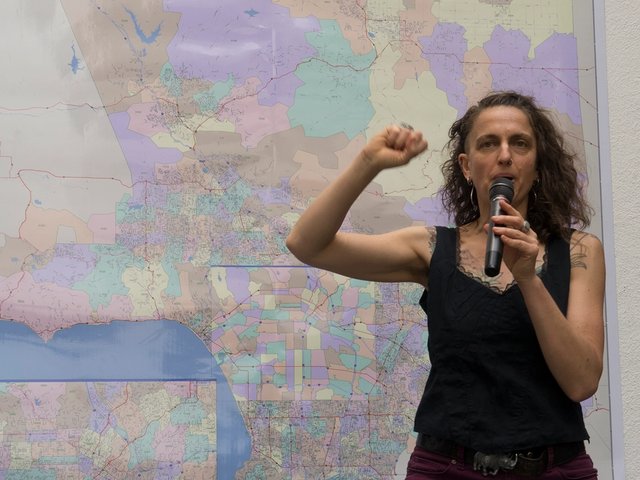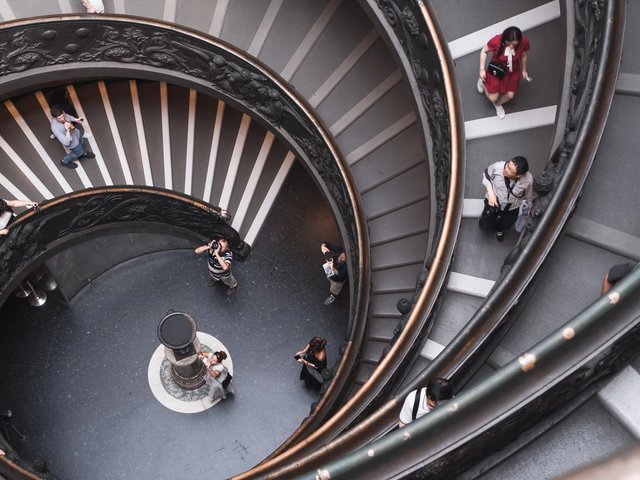It has never been easier to find bad news about US museums (or anything else in the world, for that matter). Attendance is down, federal grants are disappearing, self-censorship is on the rise. Efforts to address equity and accessibility are losing momentum. Morale is low.
But at a moment when so many problems facing US art institutions feel intractable, there is at least one area where they have made, and continue to make, substantive progress: language access. No, it is not particularly sexy. But it is significant.
14% of the country’s population speaks Spanish at home
Over the past decade, more museums have successfully integrated translations—primarily, but not exclusively, from English to Spanish—into wall texts, websites, wayfinding, catalogues and video captions. Forty-three million people, or almost 14% of the country’s population, speak Spanish at home. For museums eager to attract new audiences, that number represents a big opportunity.
“Without advancing language access, I feel we will fall short on our mission to centre artist and audience relationships and widen the circle to include as many people as possible,” says Madeleine Grynsztejn, the director of the Museum of Contemporary Art Chicago (MCA), which began focusing on bilingual programming in 2020. The MCA offers Spanish translations for all in-gallery texts and is developing a bilingual website; it also hired bilingual staff in key departments, including curatorial.
The monoglots
To non-American readers, any celebration of this development probably seems silly. Most museums in major international cities provide content in multiple languages, including English, as a matter of course. But the US has never invested in language accessibility—or language education—in the way other countries do.
In fact, conservative activists and politicians have tried for more than a century to pass a law making English the sole official language of the US, a largely symbolic gesture that nonetheless formalises anti-immigrant sentiment. In March, President Donald Trump signed an executive order to this effect and rescinded an earlier one issued by President Bill Clinton that had made it easier for people with limited English proficiency to access government services. (Trump’s order stopped short of requiring government agencies to stop producing documents in other languages.)
Making the MCA’s offerings more accessible is simply good business
But museums are not pursuing language access for symbolic, theoretical or political reasons. The US is home to the second-largest population of Spanish speakers in the world (after Mexico). Grynsztejn points out that Latinx people not only represent 30% of Chicago’s population, but they are its fastest growing demographic. Making the MCA’s offerings more accessible is simply good business.
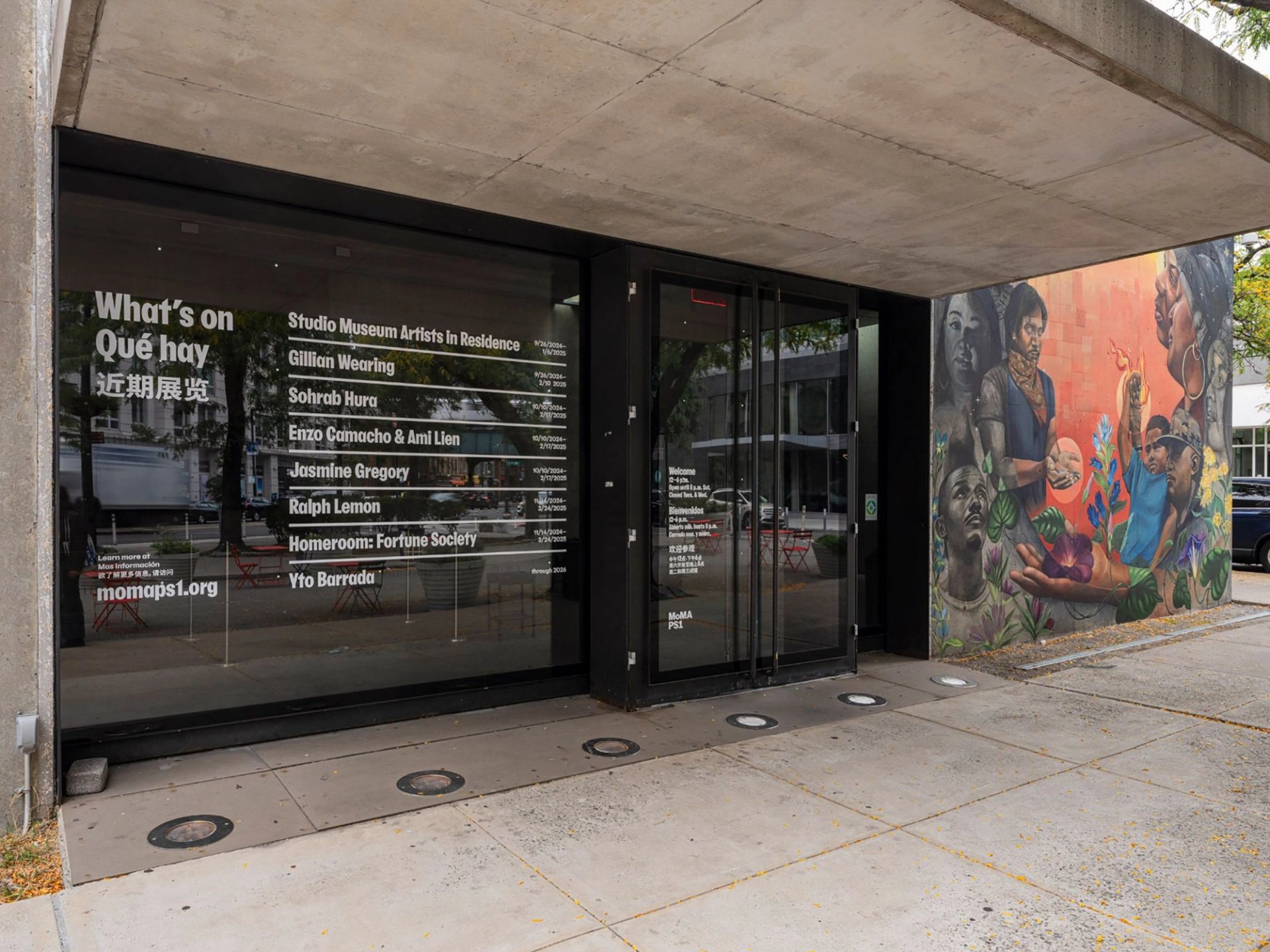
MoMA PS1 in New York has led the way in providing exhibition texts in languages other than English
Photo courtesy of the museum
Going beyond Spanish
Ever since MoMA PS1 in Long Island City began focusing on language accessibility in earnest two years ago, it has presented exhibition materials in not only English and Spanish, but also simplified Chinese, Arabic, Tagalog and Bisaya. (The latter four were provided for exhibitions of work by the French Moroccan artist Yto Barrada, the feminist collective Malikah, the Filipina artist Pacita Abad and the Filipino art collective Little Manila Queens, respectively.)
This global attitude is particularly fitting for a museum in Queens, New York, which is probably the most linguistically diverse place in the history of the world, according to the Endangered Language Alliance, which consulted on PS1’s approach. For the museum’s editor Jack Radley, MoMA PS1’s language effort has proven that “translation is more of an art than a science”. This is especially true when dealing with contemporary art, in which cultural specificity is key to understanding—and double, even triple entendres in a title or text are not unusual.
Case in point: after the Puerto Rican artist Daniel Lind-Ramos read the English translation of the Spanish-language audio guide he had recorded for his PS1 show in 2023, he felt that some of the nuances in his particular dialect of Puerto Rican Spanish had been lost. So he decided to re-record the audio guide in English himself. The process illustrated that “you can’t be prescriptive in your approach—you have to approach exhibitions case by case”, Radley says.
Language accessibility also raises new challenges, both practical and theoretical. English texts tend to be shorter than Spanish texts but longer than Chinese ones, creating design complications for books, wall texts and labels. Radley says the process also made his team question how clearly it communicates complex concepts across the board: “If we’re thinking through a phrase that is hard to translate into Spanish, we take another step to think, ‘Is this even accessible in English?’”
Language equity
It is no coincidence that language-accessibility efforts coalesced over the past decade alongside the rise of Black Lives Matter and other equity-focused movements, which prompted US museums to consider more seriously how their programmes might look if they did not exclusively centre white, English-speaking audiences. The Dallas Museum of Art’s bilingual initiative, for example, encompasses the development of everything from English to Spanish wall texts to the museum’s first land acknowledgement, according to Melissa Brito-Alvarez, the museum’s manager of access programmes and resources.
A number of institutions, including the MCA and MoMA PS1, seeded their language programmes with funds from the Mellon Foundation. But these initiatives may also appeal to a new generation of impact-oriented, numbers-obsessed and equity-focused philanthropists, some of whom are not native English speakers.
There are plenty of systemic problems in the museum world, from the still-overwhelming whiteness of collections to pervasive burnout and low pay. It is refreshing to see an area where progress can be measured in years, not decades. Despite—or, perhaps, because of—the dark cloud that seems to be hovering over US institutions these days, it is worthwhile to pause and acknowledge a bright spot when we see one.


